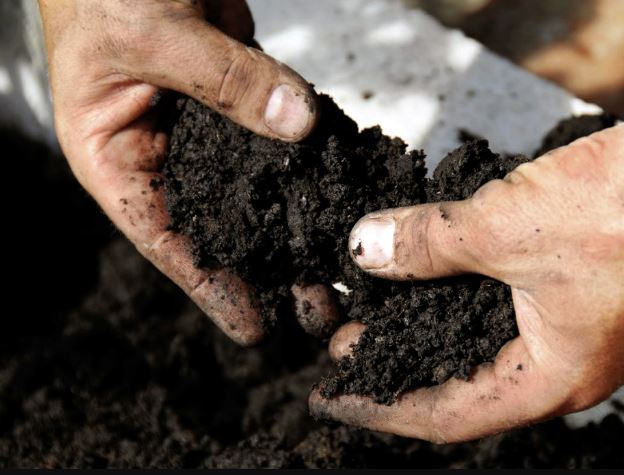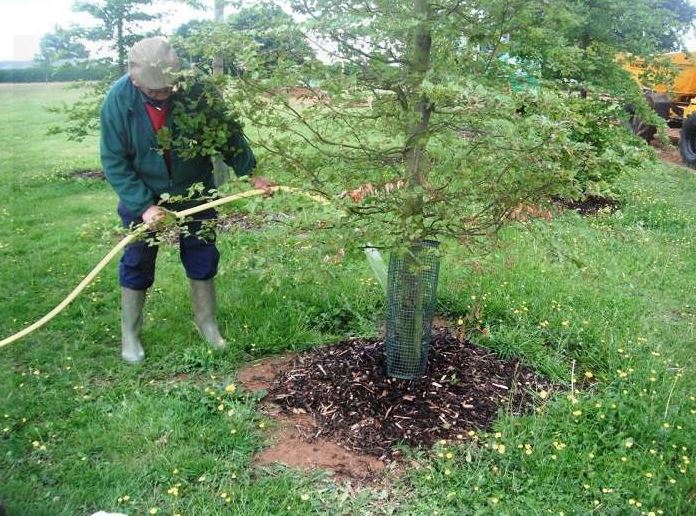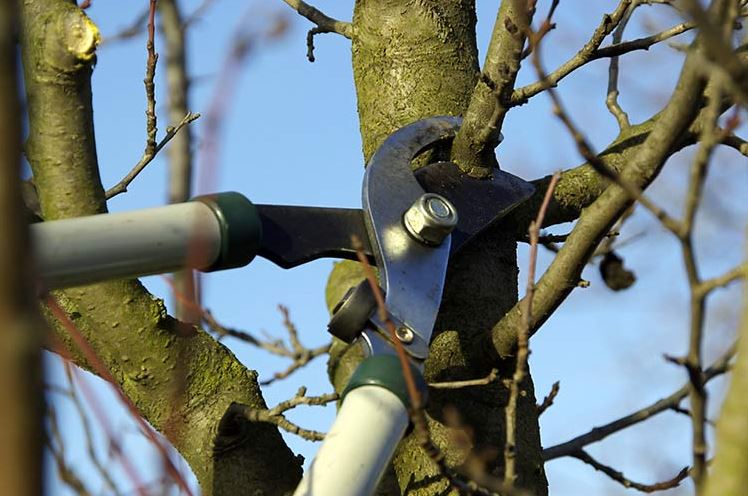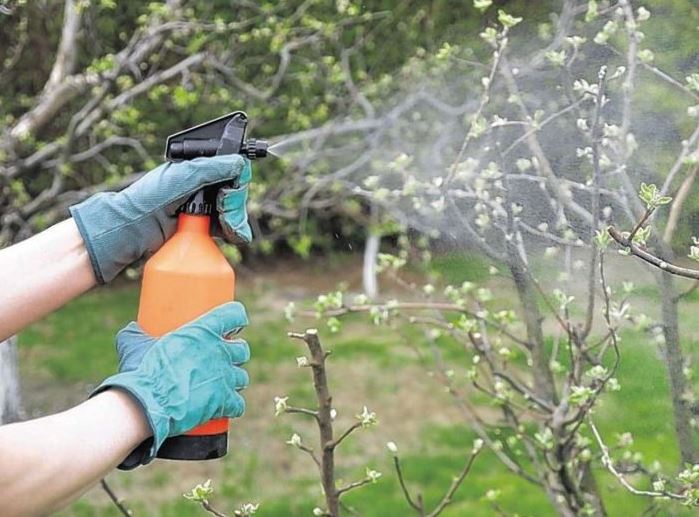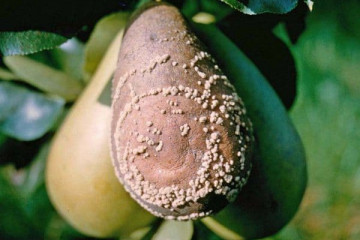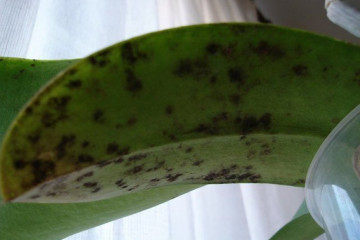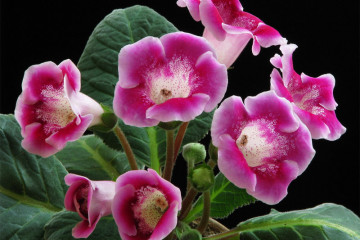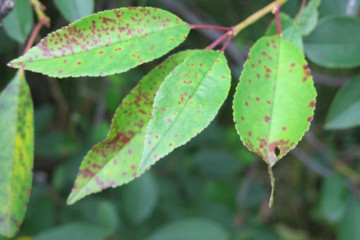Red dots on pear leaves - what to do and how to fight
Content:
Many gardeners are engaged in the cultivation of pears on their site. Most often, people do not have problems caring for such fruit trees. However, sometimes red dots appear on the pear leaves. Every gardener should become familiar with the causes of such a problem, as well as with ways to fix it.
Rust is the main reason
Rust is a dangerous disease that some gardeners face when growing pear trees. The disease is very dangerous because it lowers the plant's immunity. This leads to a slowdown in fruit ripening and a decrease in yield. Most often, trees begin to ache in late spring and early summer. Spores reach the surface of the foliage, which leads to the development of the disease.
Since rust damage significantly weakens the plant's immunity, other diseases begin to develop over time. Most often, pear trees begin to get sick with scab. This ailment extends not only to the leaves, but also to the fruits. Over time, reddish spots appear on them.
Rust symptoms
The first symptoms of the development of the disease can be noticed in early May, when small spots, painted in a yellowish color, appear on the surface of the foliage. Gradually, their size increases, and the color takes on a rusty tint.
When the size of the spot increases to 2-3 millimeters, it begins to gradually rise upward. You can also see small black dots on its surface. These are spores that can spread the disease to other plants nearby.
If pear trees are not treated for several years, leaf damage will reach 50%. In this case, fungal spores will penetrate into the fruits of the trees. This will lead to a decrease in the size of the pears and to a deterioration in their taste. By the beginning of winter, the tree will weaken and begin to tolerate frost worse.
Reasons for the appearance
There are three main reasons why pear trees become sore and red-orange spots appear on the foliage surface.
Unsuitable soil
Some gardeners plant pear trees in areas with unsuitable soil for them. Soil is considered bad if:
- increased acidity;
- insufficient amount of micronutrients;
- strong looseness.
Also, spotting on foliage may appear due to an improperly prepared planting pit. It shouldn't be too deep. The optimum depth is 55-85 centimeters. If the pit is higher, there is a risk that the root system will start to rot. This will lead to a deterioration in the supply of nutrients.
Lack or excess of moisture
Some gardeners water pear trees too often, which leads to an excess of moisture in the soil. Due to frequent watering, the greens begin to swell and gradually die off.Groundwater is one of the reasons for waterlogging. To combat them, you will have to do drainage and lay special ditches. If the tree is too young, then it can simply be transplanted to a new place.
Poor watering and lack of moisture also negatively affect plant health. Red spots appear on the pear. The foliage gradually begins to dry out and fall off.
Lack of phosphorus
Phosphorus not only promotes tree growth, but also accelerates the process of fruit formation and ripening. If the plant lacks this trace element, the lower part of the sheets will begin to become stained. Gradually, the mottling will spread and appear on the surface of the outer part of the sheets. With a prolonged lack of phosphorus, some leaves will begin to curl into a tube.
When the first signs of a shortage of this trace element appear, it is necessary to add phosphorus-containing fertilizers to the soil. It is better to do this in early autumn, before the frost begins.
Treatment methods
When the first symptoms of rust appear, treatment should be started immediately. There are several effective ways to help get rid of the disease.
Agrotechnical measures
If you organize agricultural technology correctly, the plants will have strong immunity. It will allow you to quickly cope with any disease. Agrotechnical measures for growing pear trees include the following:
- Digging up the trunks. The procedure helps to loosen the soil so that it absorbs moisture better.
- Cutting the crown. The procedure must be carried out annually. In the process of pruning, all excess shoots are removed.
- Timely fertilization. It is necessary to regularly add complex dressings. Pears need dolomite flour, wood ash and manure.
Use of chemicals
If the disease has not been treated for a long time and has managed to pass into the chronic stage, you will have to use chemicals. Complex fungicidal preparations are considered the most effective anti-rust agents.
The first treatment is carried out in early spring, before flowering. The next time you can spray the pear only after the completion of fruiting. During processing, one must be very careful, since the chemicals are quite toxic. Personal protection needs to be considered in advance. Processing should be carried out in a respirator and a protective gown so that the drug cannot get on the skin surface.
The use of biological products
Some gardeners prefer to fight the disease with biologics. They have the following advantages:
- do not harm the environment;
- do not accumulate inside the tissues of fruits and foliage;
- safe for humans.
The processing process is carried out in several stages. The first spraying is carried out at the end of spring. During this period, Fitolavin or Fitosporin is used. The next time the pear is processed in the middle of summer.
Preventive measures
It is easier to prevent the onset of a disease than to deal with it later. Among the most effective preventive measures are the following:
- Inspect pear trees regularly and check for signs of rust development.
- Clean the area around the garden from weeds and other wild plants that can infect pears with rust.
- Timely get rid of fallen leaves, which can contain dangerous fungal spores.
- Whitewash trees with lime with the addition of copper-containing solutions.This will not only protect the pear from sunburn, but also destroy all pathogenic microflora.
- Regularly feed with phosphorus and potassium fertilizers during the growing season.
Varieties that do not get sick with rust
In order not to deal with the treatment of the disease in the future, it is necessary to grow varieties that do not get sick with them. The following pear varieties are immune to rust:
- Suniani;
- Sugar;
- Gulabi;
- Nanazirm.
There are varieties that, on the contrary, suffer from rust much more often than others. These include Kure, Lyubimitsa, Dikanka and Bere Boek.
Pear is a fruit tree that can be found in almost every garden. Before you start growing such trees, you need to figure out why red spots appear on pear leaves and how you can get rid of them.

